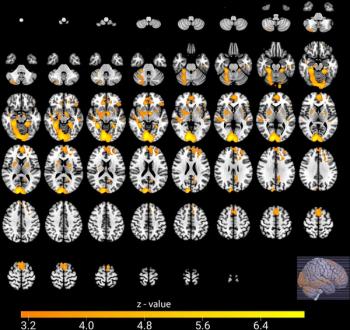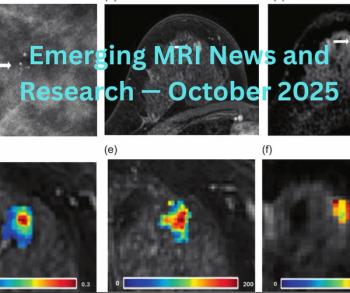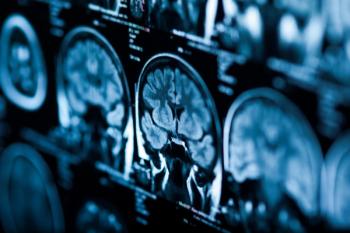
Ten principles make nasal imaging easier
Diagnosing nasal lesions on the basis of CT and MR appearance alone can be difficult because many such lesions have nonspecific imaging characteristics. To resolve this problem, a group of radiologists led by Dr. Alla Godelman of Long Island College Hospital in Brooklyn, NY, have devised 10 principles of nasal imaging.
Diagnosing nasal lesions on the basis of CT and MR appearance alone can be difficult because many such lesions have nonspecific imaging characteristics. To resolve this problem, a group of radiologists led by Dr. Alla Godelman of Long Island College Hospital in Brooklyn, NY, have devised 10 principles of nasal imaging.
The team's work is presented in a comprehensive education exhibit (1034-e) that is eligible for a category 1 CME credit.
"Use the principles, and then, coupling the clinical history with the imaging characteristics, a differential diagnosis may be generated," Godelman wrote. "Remember that cystologic/histologic examination is still necessary to make the diagnosis."
Following are the 10 principles:
- The primary role of the imager is to determine whether there is transcranial or orbital extension.
- Tissue-specific imaging characteristics are rare. Some imaging features can assist in differential diagnosis.
- Intensely enhancing masses are most commonly neoplasms of mucosal, mesenchymal, or metastatic origin.
- Cystic-appearing nasal masses are often extranasal in origin.
- Multifocal involvement is most commonly seen with non-neoplastic processes.
- Aggressive bone destruction, although rare, is an ominous sign.
- Uniformly radiodense lesions offer the best chance for a straightforward diagnosis.
- Focally radiodense lesions do not permit an easy diagnosis.
- Most nasal masses have an indolent nonspecific appearance. Correlation with age, sex, and occupation and the presence of systemic disease can offer clues to differential diagnosis.
- Sometimes a mass is not a mass.
"Most nasal masses expand bone and are relatively homogeneous on imaging," Godelman wrote. "The role of the imager is to confirm the nasal origin of the lesion and assess margins that cannot be assessed clinically (superior, lateral, and posterior)."
Newsletter
Stay at the forefront of radiology with the Diagnostic Imaging newsletter, delivering the latest news, clinical insights, and imaging advancements for today’s radiologists.




























